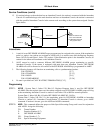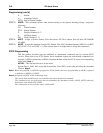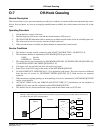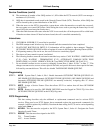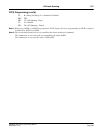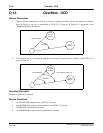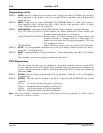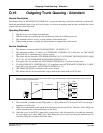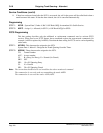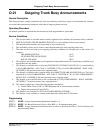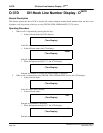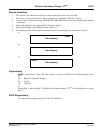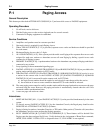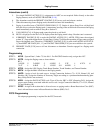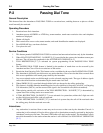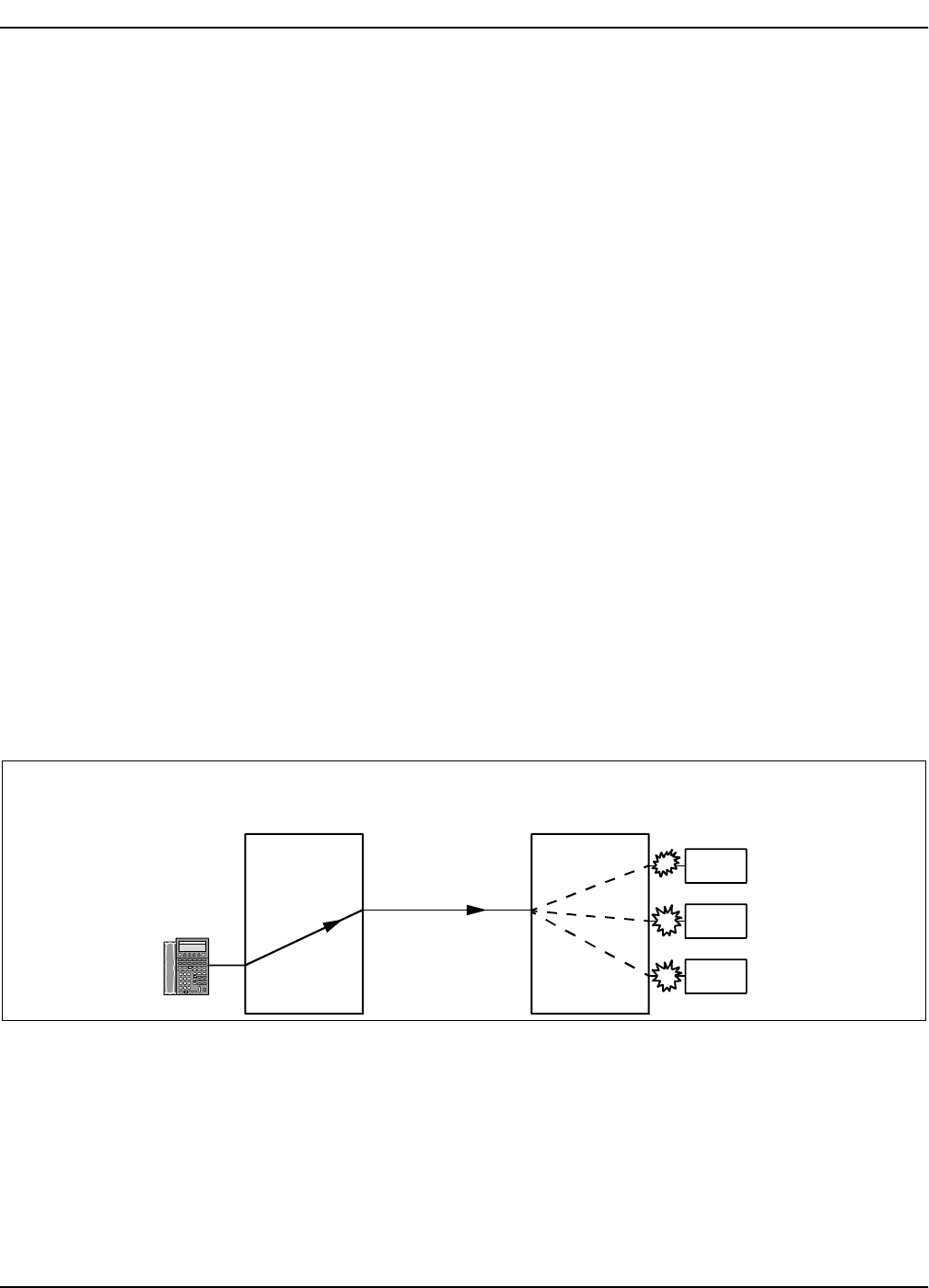
NEAX2400 IPX Feature Programming Manual
NDA-24297, Issue 1
Page 569
Outgoing Trunk Queuing - Attendant O-16
O-16 Outgoing Trunk Queuing - Attendant
General Description
This feature allows an ATTENDANT CONSOLE [A-3], upon encountering a trunk busy condition, to remain Off-
Hook and automatically enter a first-in, first-out queue. As soon as an outgoing trunk becomes available, the switch
connects the next call to that trunk.
Operating Procedure
1. Dial the access code and the desired number.
2. When no trunks are available, the call automatically enters an available queue slot.
3. The Attendant receives service set tone; remains off-hook and waits.
4. When a trunk becomes available, the dialed number is automatically sent forward.
Service Conditions
1. This feature is used with LEAST COST ROUTING - 3/6-DIGIT [L-5].
2. The maximum number of stations or ATTENDANT CONSOLEs [A-3] that may use OFF-HOOK
QUEUING [O-7] simultaneously is 256 per system.
3. The queue slots are shared by OFF-HOOK QUEUING [O-7], OUTGOING TRUNK QUEUING (OGQ)
[O-2, 12D, 16] and INTER-OFFICE OFF-HOOK QUEUING [I-11].
4. If no queue slots are available, the ATTENDANT CONSOLE [A-3] will receive busy tone.
5. CLASS OF SERVICE - INDIVIDUAL [C-15] is applied to each ATTENDANT CONSOLE [A-3]. (RSC
0 and SFC 0 are reserved for ATTENDANT CONSOLE [A-3].)
6. OFF-HOOK QUEUING is utilized for this service feature.
7. This feature can also be activated when using a trunk in the remote node via FCCS link.
8. The maximum of number for the OGQ station is 1,024 within the FCCS network (NCN can manage a
maximum of 1,024 calls).
9. OGQ data is transmitted to and stored in the Network Control Node (NCN). Therefore, all the OGQ data
will be cleared by the system initialization of the NCN.
10. When the access to the NCN is impossible (system down, cable disconnection, or trouble has occurred),
the user cannot set or cancel OGQ data. (After dialing the access code or pressing the function keys for
set/cancel OGQ, the user hears the reorder tone.)
NodeA
FCCS Link
NodeB
TK
Busy
TK
TK
Example: Node A and Node B are in an FCCS network.
• Although a station belonging to Node A tried to call outside using a trunk belonging to Node B, all the trunks are busy. The call
can be in the queue using this feature.



